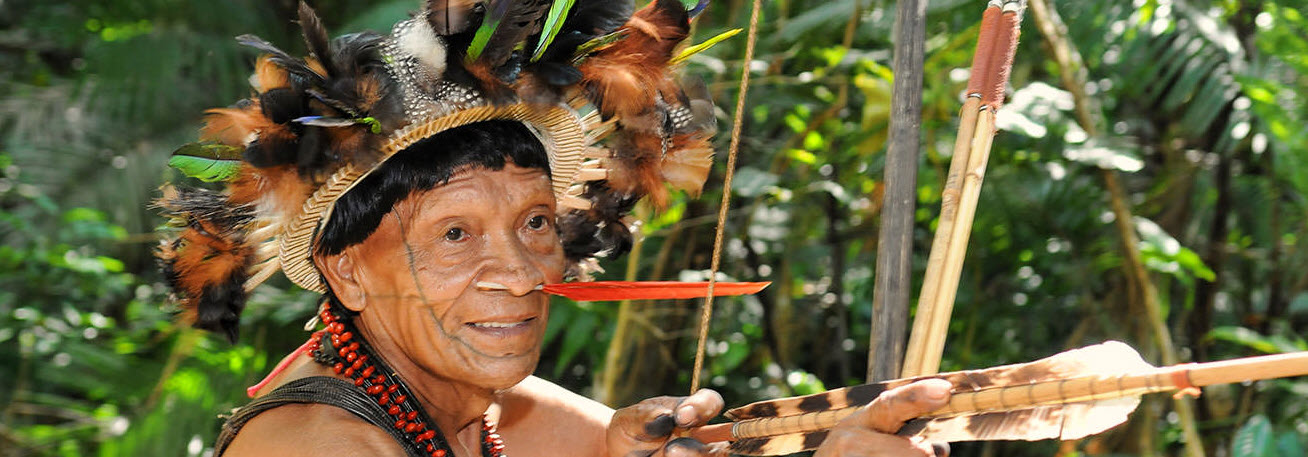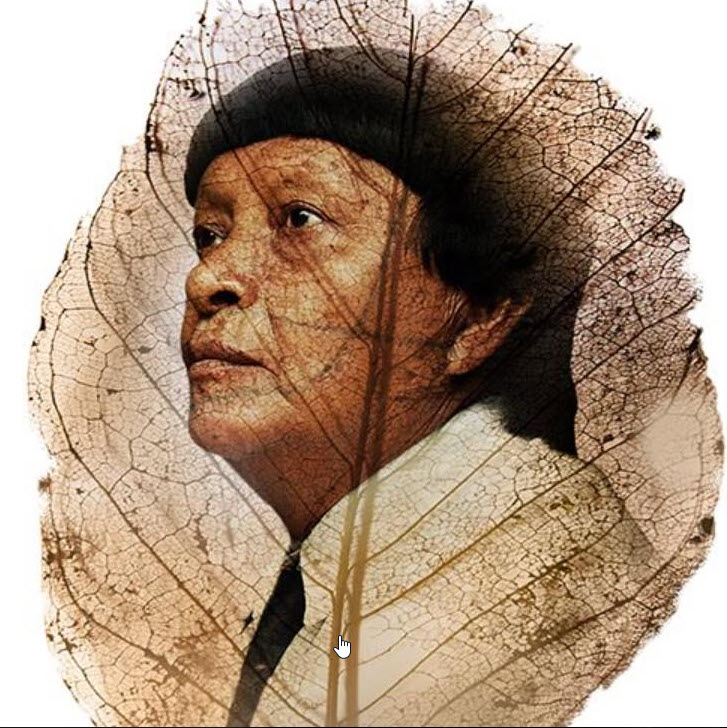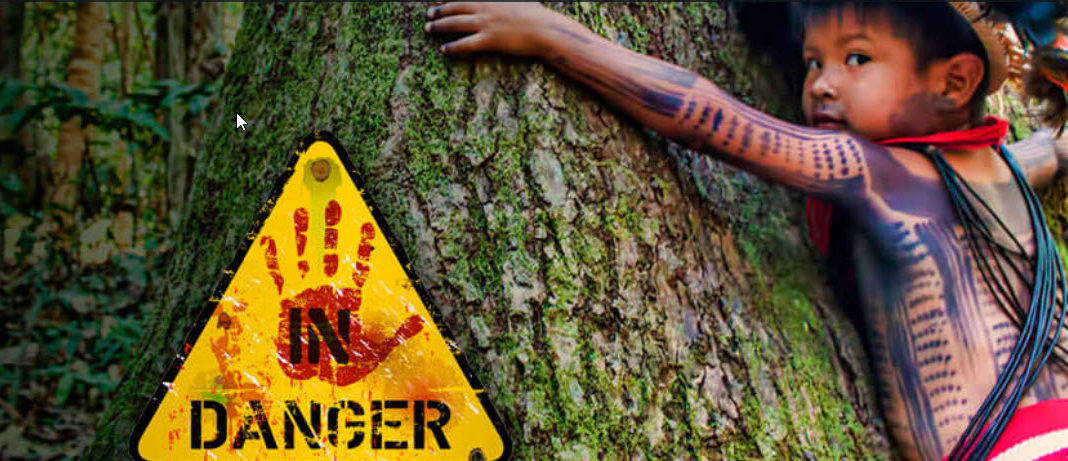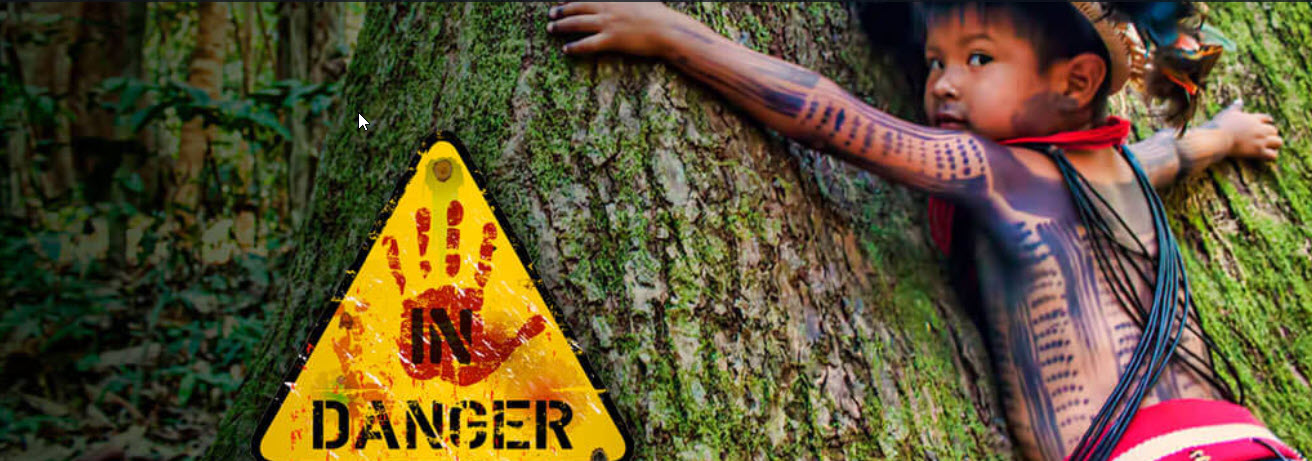Films about Indians deep in the Amazon raise an expectation of denunciation and commitment. And not without reason, for as LAB friends and followers know, Indian populations in the Amazon face threats from infrastructure projects, from mining, from predatory logging, and from land-grabbers and their henchmen searching for ever more space to plant soybean and graze cattle. The ‘unrule’ of law is still, over enormous areas, the ‘rule’. Sue Branford and Maurício Torres have documented this vividly for LAB in their Mongabay reports. Official film trailer And yet, against all the odds, the indigenous population, once thought to be destined for extermination, has grown and grown since the last quarter of the 20th century and can be found living in cities, or in the countryside with regular connections to markets and the state, as well as in near-isolation deep in the forest. They have also become much more political, prominent and organized since, after much lobbying, the Constitution of 1988 gave them extensive territorial rights. After centuries of formal and informal intermarriage with non-Indians, it is not unusual today for people of mixed background today to choose to identify as Indians in contrast to earlier generations who tended to flee that identity. In the process Amazonian populations have also experienced profound cultural changes, including in their conception of the supernatural forces and entities which govern their daily lives, especially their understanding of illness and misfortune. Since the mid-twentieth century at least, their religious life has not been threatened by Catholic attempts to convert them, since priests and missionaries have made a point of respecting indigenous beliefs, focusing on land issues and the struggle against predation and violence, to the point where some of them have died alongside Indian people, defending their rights.
The threat of evangelism
Evangelical missions pose a quite different challenge, however, and have been present for at least a century. The penetration of evangelical Christianity, or Pentecostalism, in Latin America generally and especially among indigenous populations, is by now well known, but its influence among Amazonian Indians can bring about particularly stark changes in their belief systems and their way of life: if conversion among the non-indigenous population from a tepid Catholicism to enthusiastic Pentecostalism looks like a big change, conversion of indigenous peoples in the Amazon, whose daily life is far more deeply governed by supernatural beliefs, is likely to have profound and even traumatic effects. It is these which Luiz Bolognesi depicts in his semi-documentary film, In an interview, available on Youtube, Bolognesi explains that his film is a mix of documentary and re-enactment. Some of the events it depicts took place before his arrival and the people involved agreed to re-enact them for the camera. He speaks of indigenous beliefs with reverence, and says his intention is to make audiences aware of the energy incorporated in pajés (shamans, spiritual leaders) and in the spirits. Bolognesi who has studied anthropology, seems to profess a kind of pantheism: Jesus, he says, is also a spirit and a positive one, but so are the spirits which inhabit the indigenous imaginary, and the pajés’ knowledge of plants also counts as scientific.
Beware of free gifts
Pentecostalism’s view of the world and of the supernatural, and the guidance it offers to daily life are a brazen challenge to the shamans and spirits, branding them agents of evil and misfortune, and introducing the strange figure of a God who became a man and then returned to a place called heaven from whence love is dispensed for free. This notion of the free gift of grace is one of the most profound differences separating Christianity from other ways of relating to the supernatural because it denies an exchange with the supernatural. Christianity tries to turn people against their old way of life and persuade them that each is responsible for their own fate. In this new world the village’s social organization has no place save as a voluntary association with utilitarian purposes. In practice of course the rupture is not always so deep – that is why some speak of syncretism – but even a moderate break is painful and divisive. At the start of the film we see a foreign missionary explaining how the Holy Spirit can bring love with drawings on a blackboard and translation into the Paiter Suruí language. The preacher, apparently German or perhaps Swiss, a man of at least 60, is portrayed as deeply sincere and even troubled – close-ups of his face seemed framed to convey his sincerity and authenticity, but also a stern expression which fits with his preaching that the shaman and the spirits he invokes are the work of the devil. His wife provides medical assistance from a neat mobile dispensary, including injections and distribution of medicines, but only to people who have visited a doctor at a medical post. There is a striking contrast between this couple and the stereotypical evangelical preachers we see in urban venues and on cable channels, all upbeat and proclaiming the fulfilment of their followers’ material and spiritual desires, while expecting or even demanding generous financial contributions.The shaman in tie and trousers
The missionaries’ big success has been to persuade the village shaman, Perpera, to abandon his shaman role and adopt the Pentecostal faith: he wears a white shirt and black tie with dark trousers, and takes care of the chapel. The film portrays him as a hesitant doorkeeper hovering between the village outside and the service inside. But fellow-villagers, abandoned by the person who would listen to their problems and cure them, have started to shun him.
Conflicted fragility
In the end the film is notable as much for its depiction of village life as for the director’s message about a cultural ethnocide perpetrated by Pentecostal preachers. The readiness of the villagers to re-enact events they had lived through for the benefit of the film brings us very close to them; the long shots of them going about their daily business introduce a note of suspense. In the end, I was struck less by the sense of a lost way of life and belief than by the challenge the film presents to assumptions about the fragility of Amazonian Indian cultures, For what it shows (to some extent against the director’s own intentions) is a group of people who deal confidently with the world of politics and markets. LAB has published an account of how other Indians can mobilize politically and speak the modern language of human rights even while defending their way of life. They are aware that the forest is a resource not only for them, but also for the world as a whole, of whose existence their grandparents were probably entirely unaware. The Director’s interview conveys a romanticized image of untouched Amazonian culture which is at odds with his portrait of people who, in some cases, have made a conscious choice to adopt a way of life whose missionaries directly attack the Indians’ deep assumptions about their own life, about why they fall ill, about what are their origins and so on. Yet he must also admit that they are grown-ups, that in this case they do not seem to have been coerced, and that maybe the ‘old’ way of seeing the world and themselves had costs – for example the high death rates among their children and the concentration of power in the hands of the shaman, who (supposedly) knows all their private lives and thoughts.: While the film regrets the threat to the Indians’ belief systems and their ritual lives, it records almost unwittingly the many signs of adoption of the technologies and rationalities of the national and internal society and economy. Like everywhere else, parents in this village are frustrated in their attempts to distract their children from their smartphones …Ex-Pajé received a prize from Abraccine (The Brazilian Association of Film Critics) at the ‘É Tudo Verdade’ Festival, and a Special Jury’s prize at the Berlin Film Festival. I saw it at the Jerusalem Film Festival.


